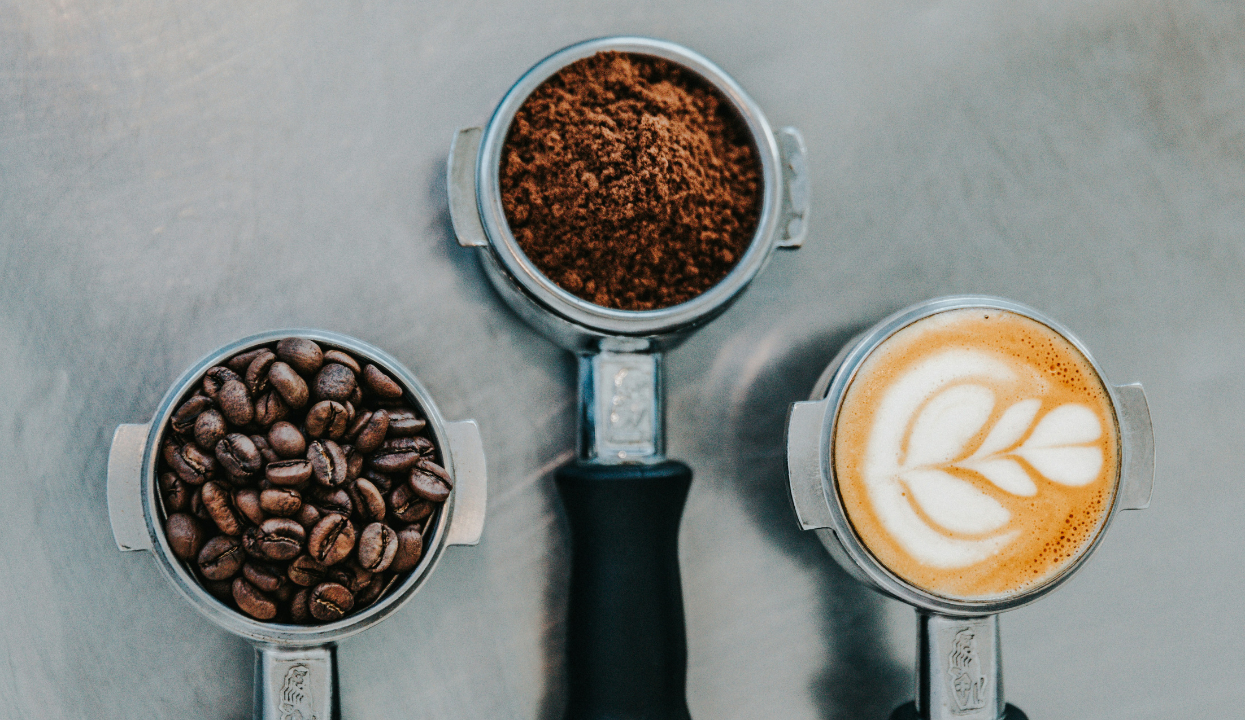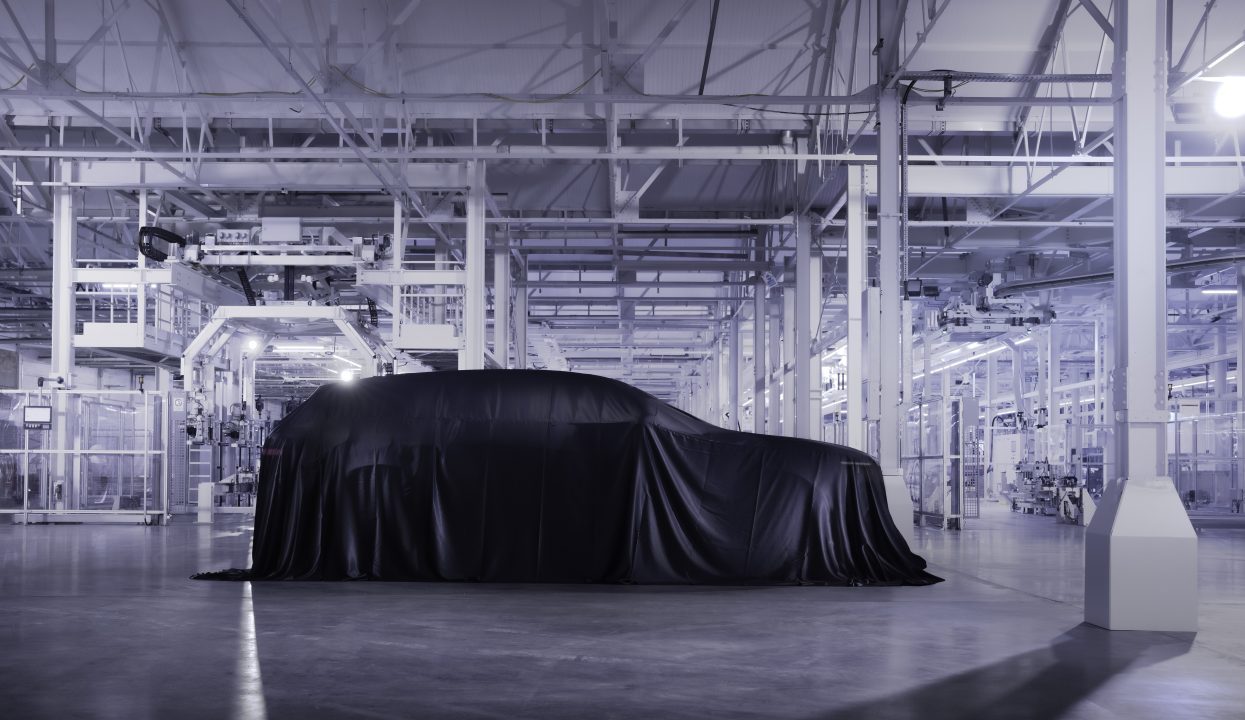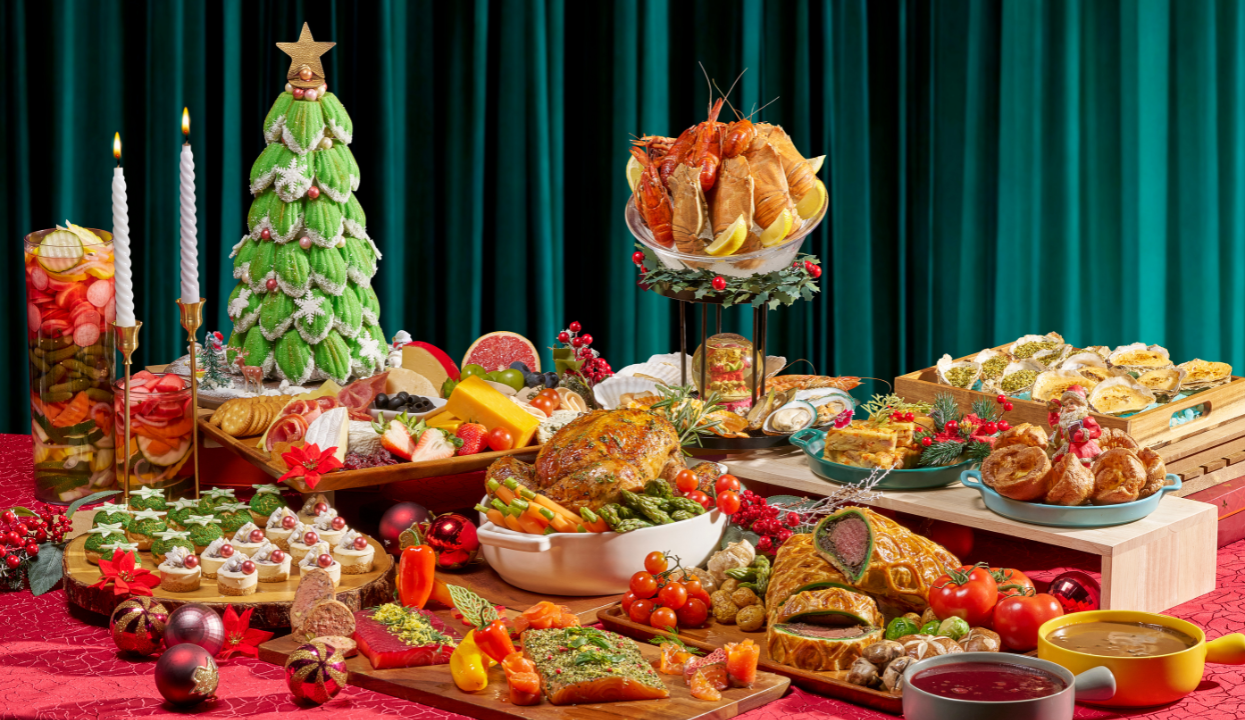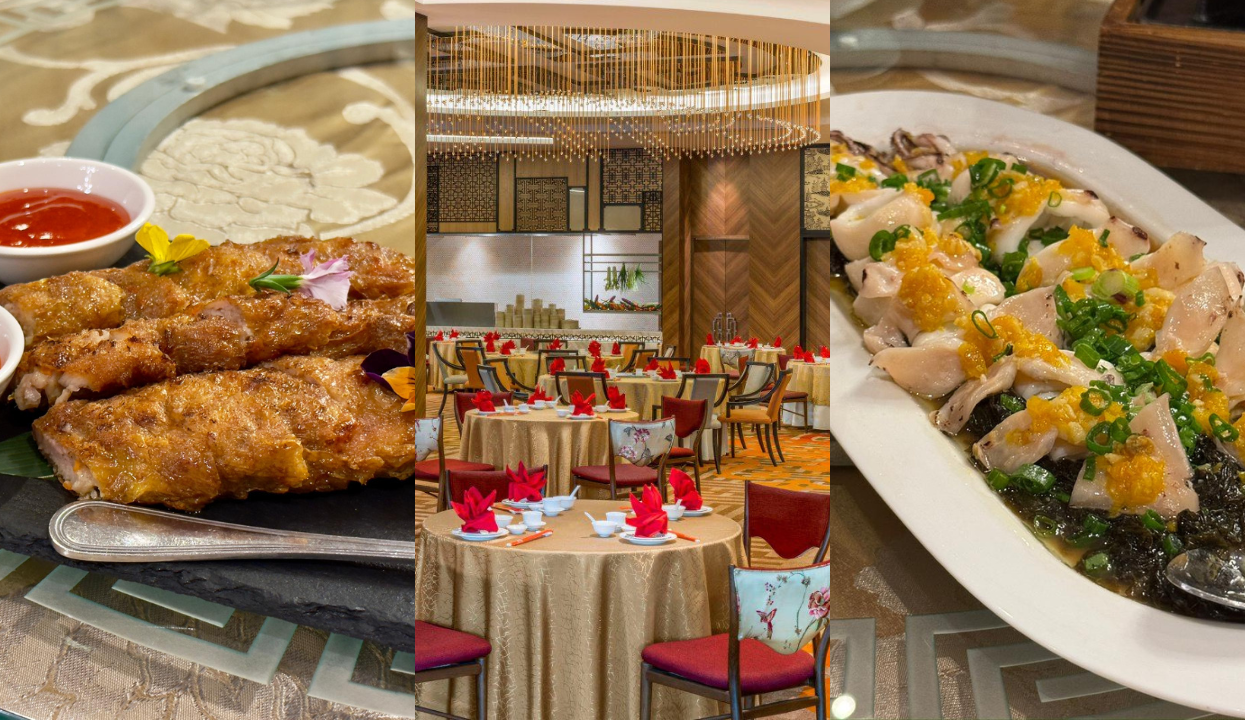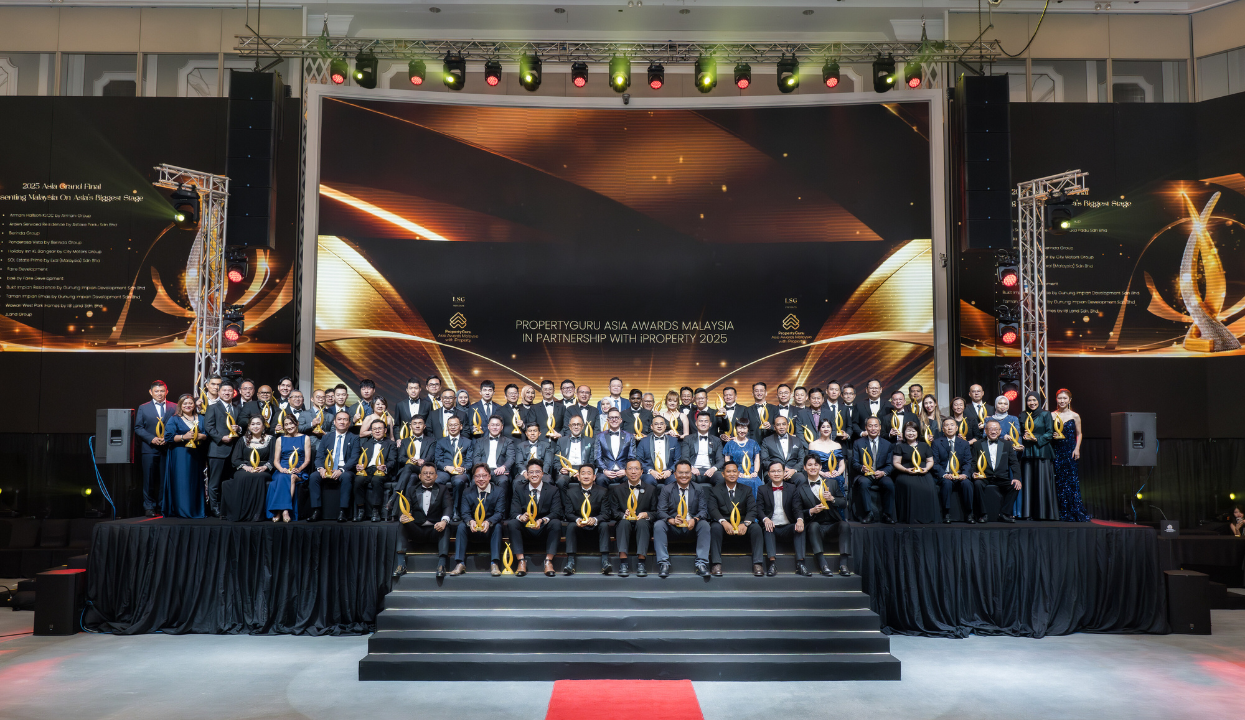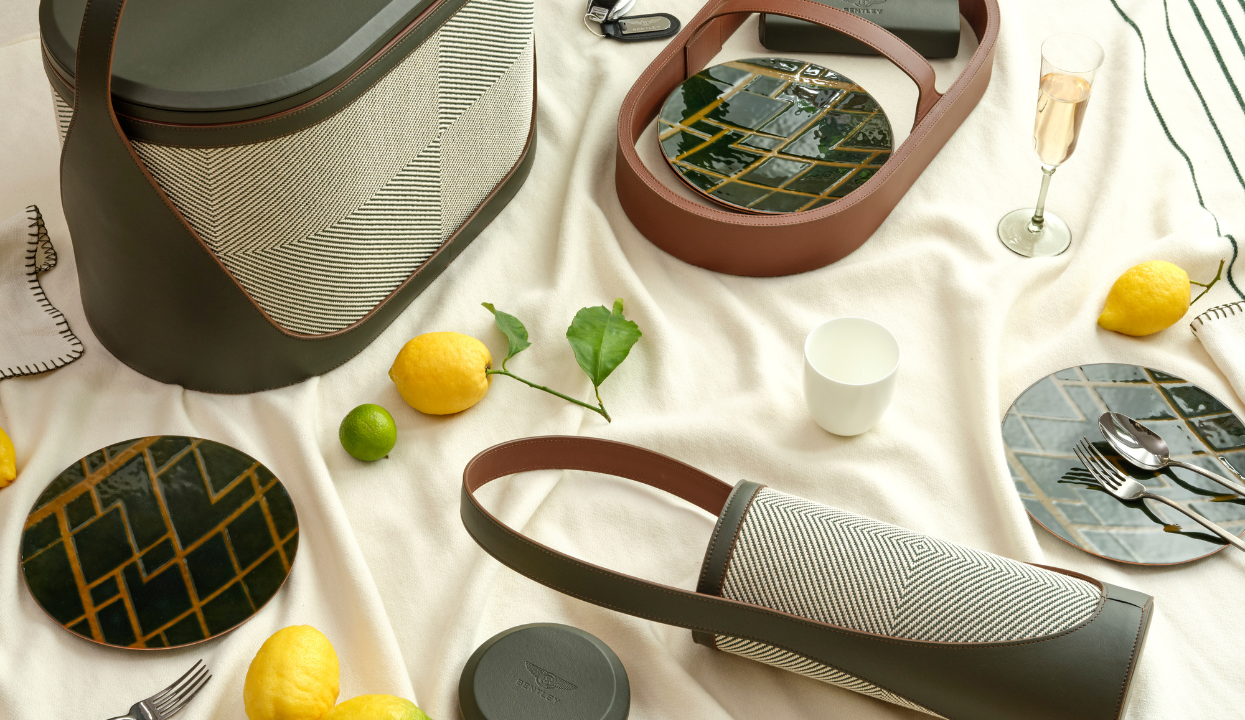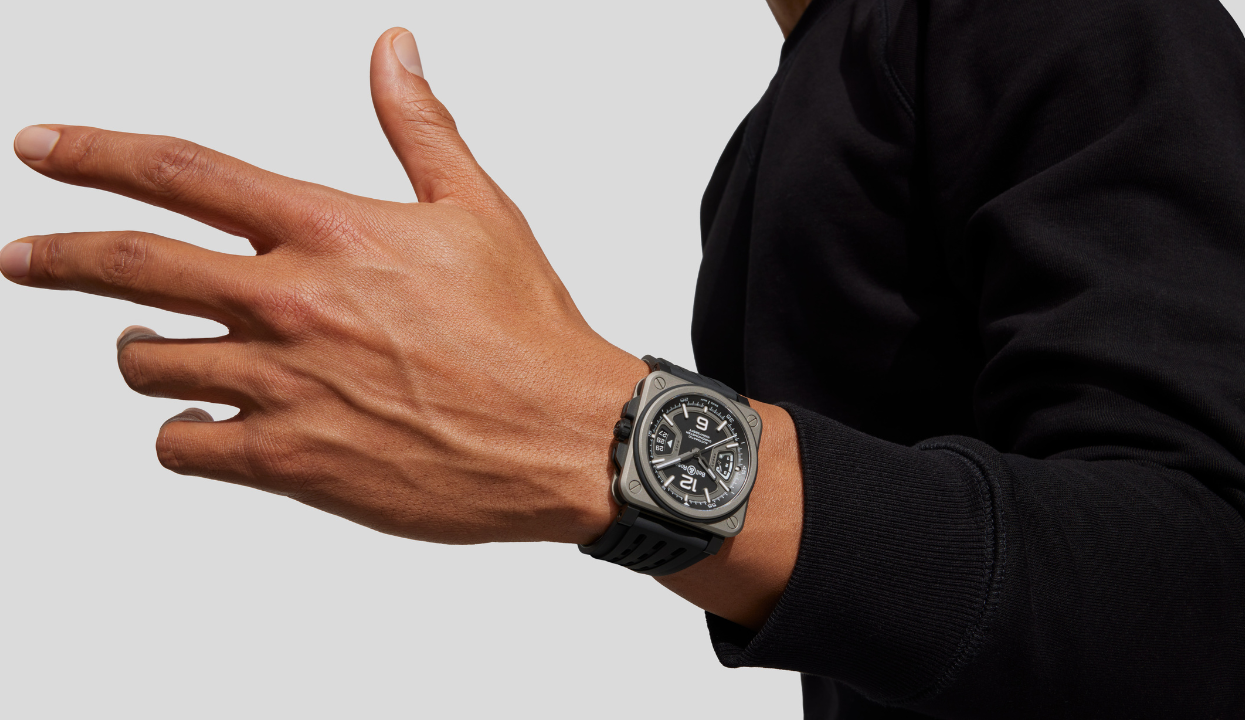Think you know coffee? Think again! That humble cup of coffee is steeped in history, science, and some truly bizarre trivia. Grab your favourite mug and prepare to have your mind brewed with these coffee facts!
Coffee “Beans” Aren’t Beans
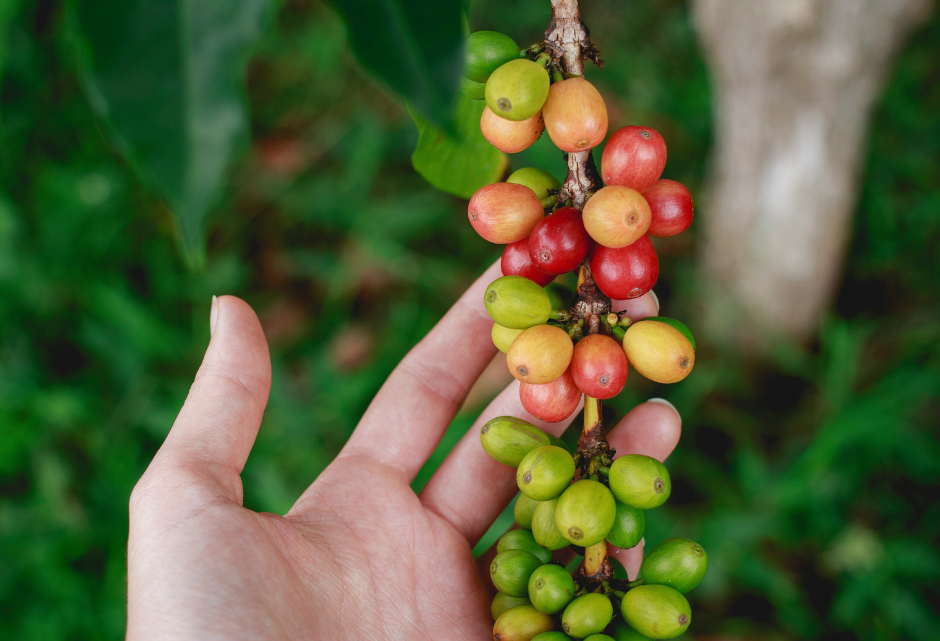
Stop the presses! That morning “bean” is lying to you. Contrary to its name, a coffee bean is actually the pit (or seed) found inside the bright red coffee cherry. That makes it a fruit, not a legume! These seeds grow on a bush, and if planted, they could sprout a whole new coffee plant. We call them “beans” because of their shape, but next time you’re sipping, remember: you’re drinking a fruit seed! Fun fact: the two main varieties are green and red (the red ones are less acidic and smell nicer, used for lighter coffees).
The Birthplace of Intellectual Buzz: Istanbul, 1475
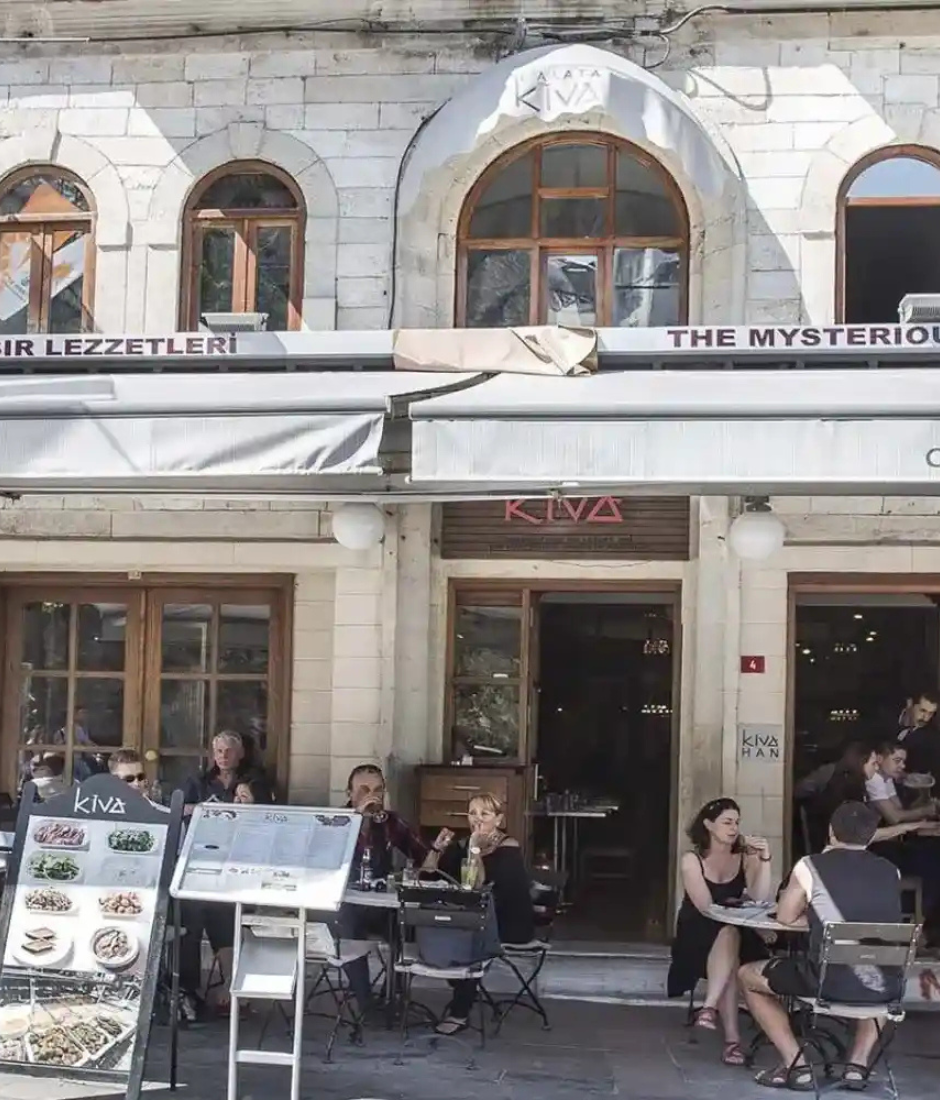
Image Credit: The Coffee Guru
The modern coffee shop experience – the chatter, the debate, the gentle clink of mugs all traces its roots back to Istanbul, Turkey, in 1475. That’s where the world’s first known coffee house, “Kiva Han,” opened its doors. It became a vital hub where intellectuals, writers, politicians and philosophers gathered to debate ideas, share stories and discuss the news. Sound familiar? That tradition of coffee as a catalyst for conversation is still going strong today!
Caffeine Counter-Intuition: Light Roasts Pack a Punch
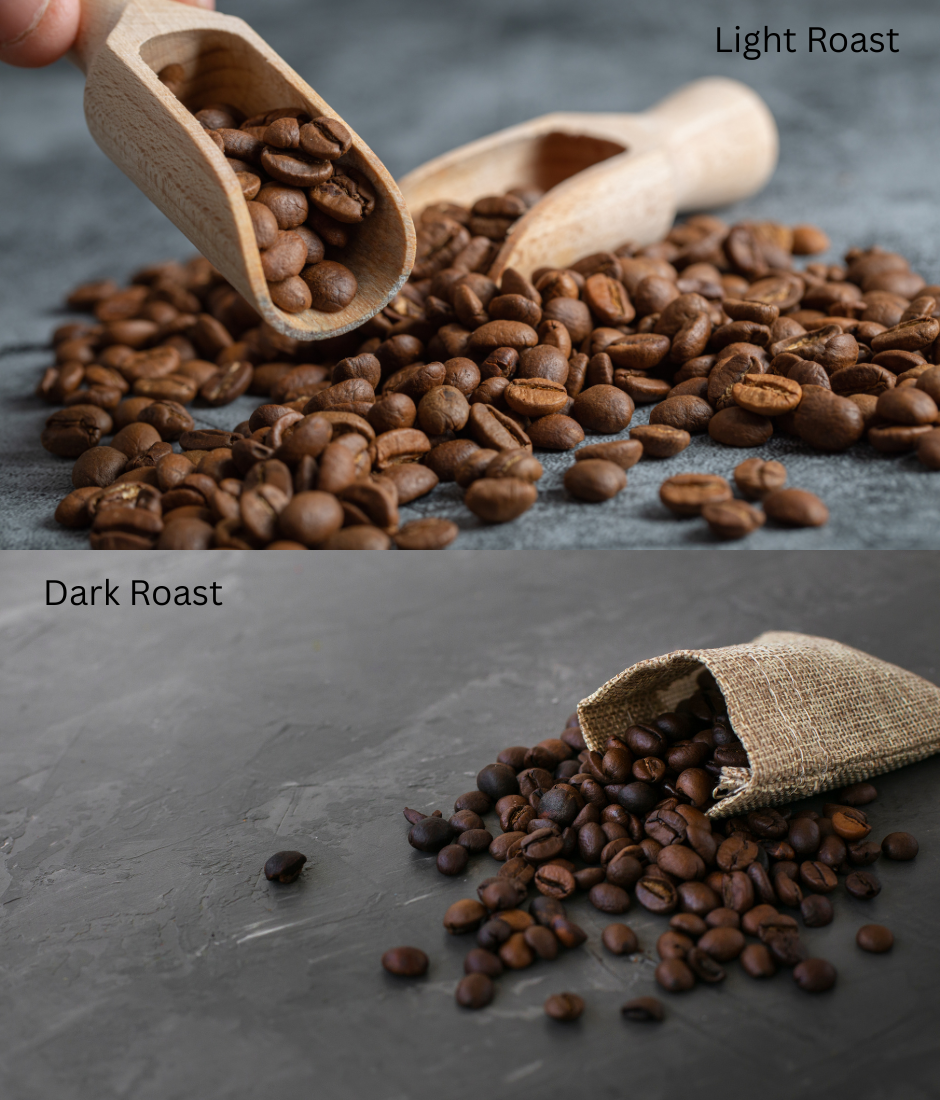
Here’s a coffee myth-buster. If you want maximum caffeine, you should reach for the light roast, not the dark! This is if you measure your coffee by volume (using a scoop). Why? As beans roast, they expand and lose moisture, making dark roasts puffier and lighter. Light roast beans are denser, so a scoop of light roast grounds contains more actual coffee mass, and thus, more of that glorious, eye-opening caffeine!
Coffee: Banned for Encouraging: “Radical Thinking”
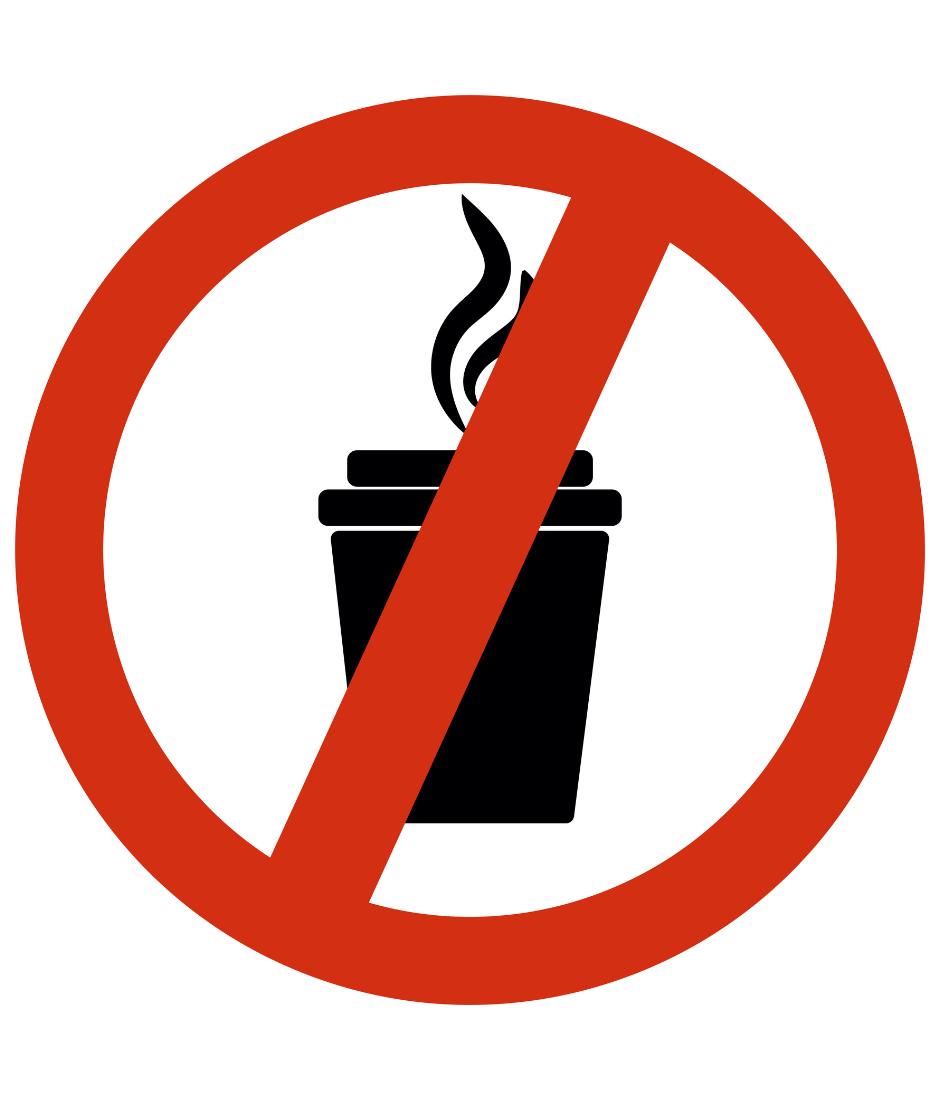
Hard to believe, but your favourite legal morning beverage has been outlawed multiple times throughout history! Coffee was first banned in Mecca in 1511 because religious leaders thought it encouraged radical thinking. Sweden banned it in the 18th century and heavily taxed anyone caught sipping it. Even countries like Italy, Constantinople and Prussia have all, at one point, tried to keep the good stuff out of their citizens’ hands.
The Ultimate Power Nap Blocker: Coffee vs. Adenosine
How does coffee perform its magic? It all comes down to a clever chemical impersonation! Throughout the day, a substance called adenosine builds up in your brain, signalling to your body that it’s time to sleep. Caffeine and adenosine are structurally similar, allowing caffeine to bind to the brain’s sleep receptors instead. It’s like putting a “Closed” sign on the sleepy switch, temporarily blocking those tiring signals and leaving you feeling alert and ready to go!
Coffee as a 17th-Century Status Symbol
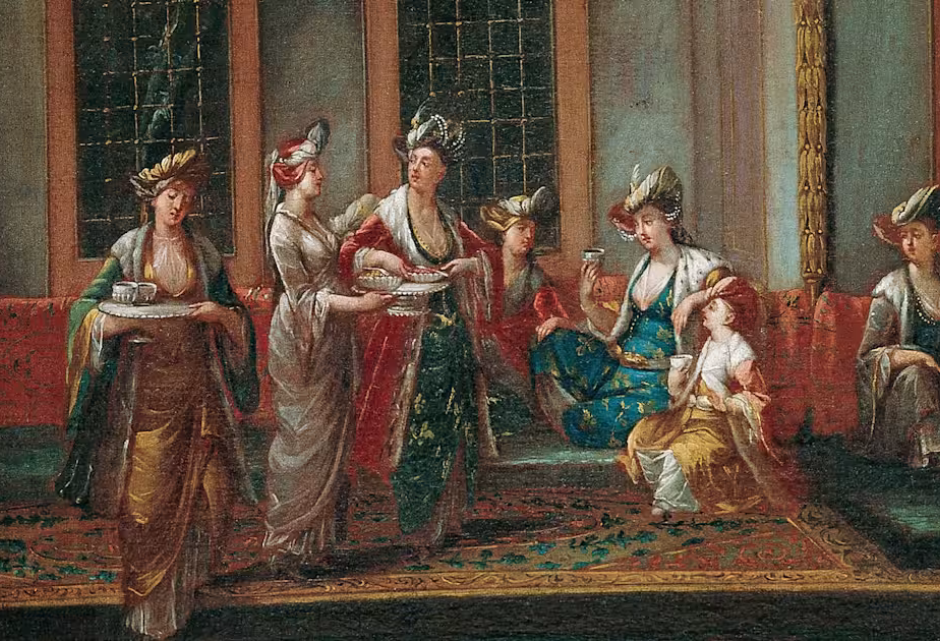
Image credit: History.com
In 17th-century Turkey, coffee was far more than just a simple morning ritual but a luxury item and a status symbol. The beans were so valuable that they were reportedly used as currency in local markets! Yemen held a tight monopoly, controlling exports through the Port of Mocha. Legend even says that a Turkish woman had the right to divorce her husband if he failed to provide her with enough coffee. While historians can’t confirm the divorce law, the anecdote perfectly highlights just how deeply entrenched and valued coffee was in their culture.
So there you have it! The next time you take a sip, remember you’re participating in a centuries-old tradition that involves fruit pits, Dutch enthusiasts and a history of being banned for being just a little too good.

